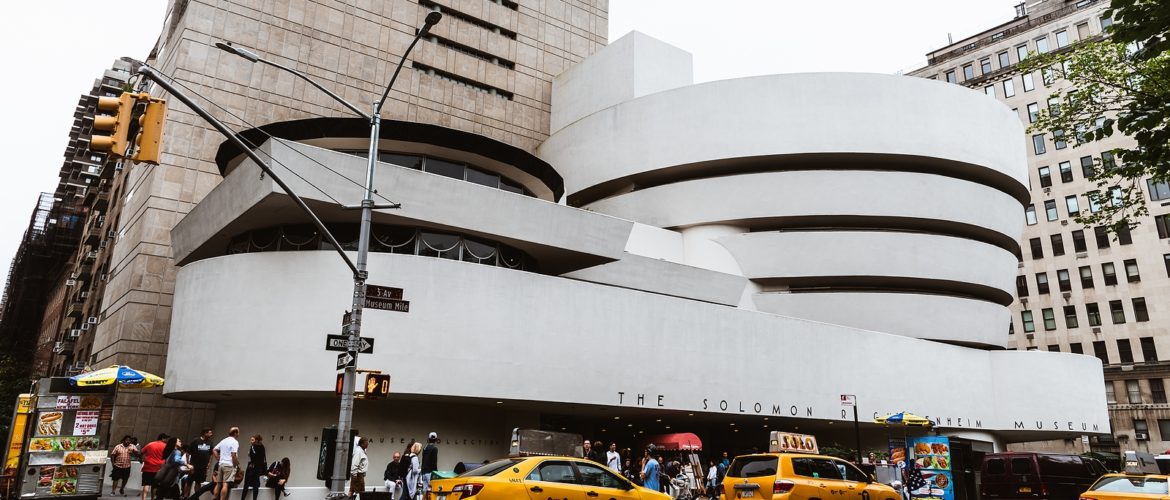The Restitution Claim about Picasso’s “La Repasseuse” Resolved

The June 2024 decision by a New York federal judge regarding the 1904 Picasso painting titled La repasseuse finally got the restitution claim by the heirs of the German Jewish collectors resolved. The lawsuit was filed against the present-day owner of the painting, the Solomon R. Guggenheim Foundation, by the Rowland & Associates law firm representing the heirs of Karl and Rosi Adler in 2021. After three years of detailed lawsuit consideration, the judge dismissed the claim of Adlers’ heirs for the return or compensation for the allegedly forced sale of the Picasso painting, thus confirming the lawfulness of the Guggenheim Foundation’s acquisition.
La Repasseuse: Life Story
One of the famous paintings by Pablo Picasso, La repasseuse (Woman Ironing), was created in 1904; it belongs to the artist’s iconic Blue Period. It was owned by a German Jew family – Karl and Rosi Adler – who faced prosecution by the Nazis and had to sell their belongings to survive and flee the country. Thus, the Adlers sold the painting in 1938 for a meager sum of money because of their financial challenges and the disadvantaged position of the Jews in the country.
The dealer who acquired the Picasso masterpiece from the Adlers was Justin K. Thannhauser. He gifted a large portion of his collection to the Solomon R. Guggenheim Foundation in 1963, and Picasso’s Woman Ironing, which is currently on display at the Guggenheim Museum in NYC, was among them. This way, the Foundation became the owner of the Picasso painting over 60 years ago, which it never hid from the public.
The Timeline of the Lawsuit
Eight heirs of Rosi and Karl Adler – citizens of Argentina and the United States – contacted the law firm Rowland & Associates in 2014 to initiate an investigation of the lawfulness of the painting’s ownership by the Guggenheim Foundation. Their main premise was that the Adlers were forced to sell the painting to a dealer, and only the threat of Nazi prosecution was the reason for the sale. They sought restitution under the Holocaust Expropriated Art Recovery (Hear) Act of 2016 and wanted the Foundation either to return the painting to the Adler family or to compensate from $100 million to $200 million of its market value.
The restitution claims under the Hear Act failed because the heirs of the Adler family were aware of the painting’s ownership and location for over four decades, while the Act covers only six years of restitution after the expropriated painting’s recovery. Besides, the Guggenheim Foundation officially inquired about the grounds of the painting’s sale from Adlers’ son before acquiring the painting in 1974 to avoid such legal issues or accusations of collaborating with the Nazis.
